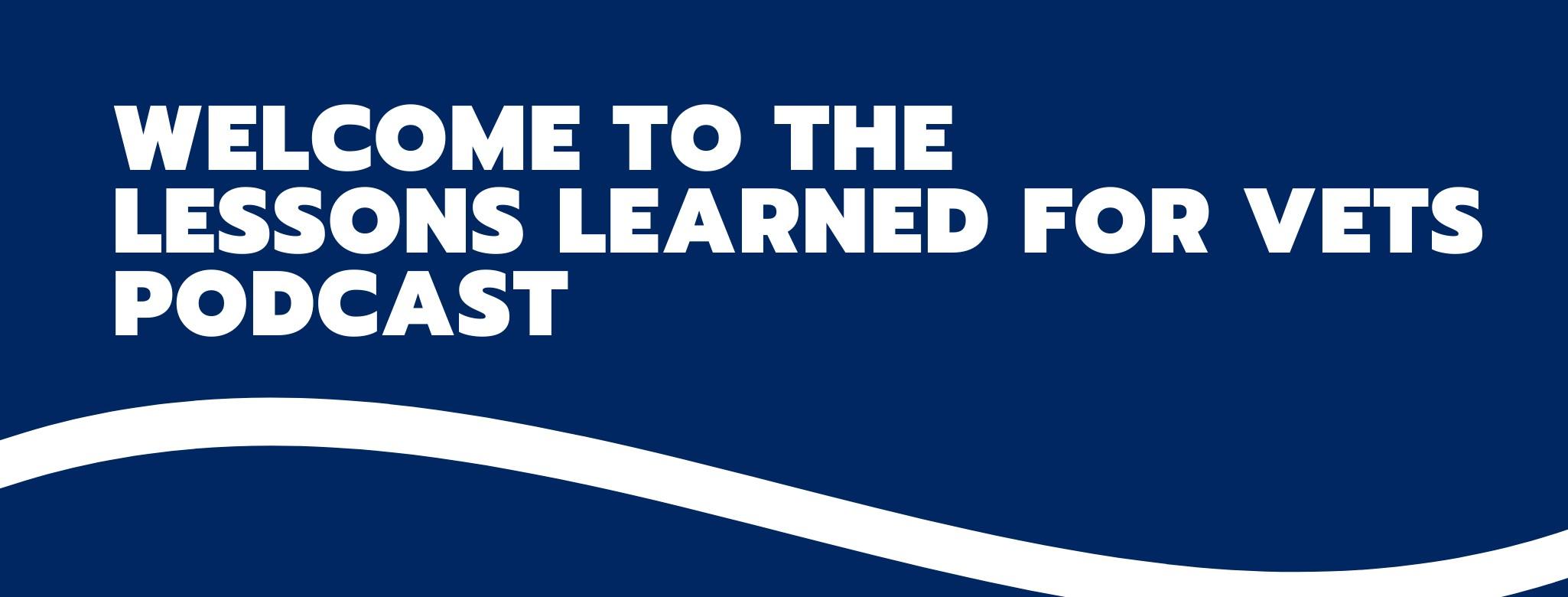
Season 4 Episode 154: Exploring SkillBridge with Dave Schantz - Part 2
On this episode of the Lessons Learned for Vets podcast, we continue our conversation with Dave Schantz, SkillBridge expert. If you haven’t listened to Part 1, we encourage you to download Episode 153 and learn more about what the SkillBridge program is and what it isn’t. This episode focuses on the employment part of the SkillBridge program.
Dave encourages service members to run weekly keyword searches on the SkillBridge locations page to learn what companies are offering opportunities that fit their needs. During this discovery period, service members should be reaching out to the point of contact listed on the SkillBridge location page to learn more about the organization and their program. Google companies and learn about their successes, failures and cultures. When a service member sits down for a SkillBridge interview, it should not be the first time they are learning about the organization. Prepare for the interview like it’s a paid opportunity because it is a fully funded fellowship opportunity. During the interview, it would be appropriate to inquire about the opportunity at the end of the SkillBridge internship. The SkillBridge program is not a free labor program. It is by design a train to hire program. If the company cannot answer the question, it is a red flag. Service members should apply to multiple SkillBridge opportunities.
Because the SkillBridge program is a popular way to secure employment after the military, many service members have begun to view it as an opportunity to get out of the military 6 months early. Remember that your commanding officer can recall you if needed. Another unhealthy mindset is chasing the SkillBridge opportunity with the longest internship period. Go for the opportunity that is right for both you and the organization to support the level of training that you need in order to get the job that you want. The purpose of SkillBridge is to upskill or retrain service members, whether that takes 6 months or 2 months.
Dave encourages service members to start thinking about their military transition as early as possible. Learn about the Air Force COOL program, tuition assistance, credentialing assistance, the GI Bill and the SkillBridge program. For any position that requires a Secret security clearance or less, most recruiters don’t look any further than 90 days in advance. 90 days before a service member is eligible to start a SkillBridge opportunity would be an ideal time to start applying to organizations. For positions that require a Top Security clearance or above, start applications 4-6 months in advance.
Start preparing for your transition early. Network with companies that offer SkillBridge opportunities. Make a plan that includes applying for multiple SkillBridge opportunities.
Subscribe to our YouTube channel at https://tinyurl.com/llforvets22
Connect with Dave at https://www.linkedin.com/in/dave-schantz-skillbridge-champion/
Explore SkillBridge at https://skillbridge.osd.mil/
Join the DoD SkillBridge Community of Practice LinkedIn group at https://www.linkedin.com/groups/12257076/
Download the AAFMAA transition timeline at https://aafmaa.com/ll4v
SUBSCRIBE & LEAVE A FIVE-STAR REVIEW and share this with other veterans who might need help as they transition from the military!
Are You Struggling to Write Your Resume?
I created the Veteran Resume Self-inspection Checklist to lessen the resume writing struggle for veterans. This 11-item checklist will educate you in resume best practices while giving veterans a guide to assess their resume and determine if it's ready to send to employers.
Download Your Checklist Here




